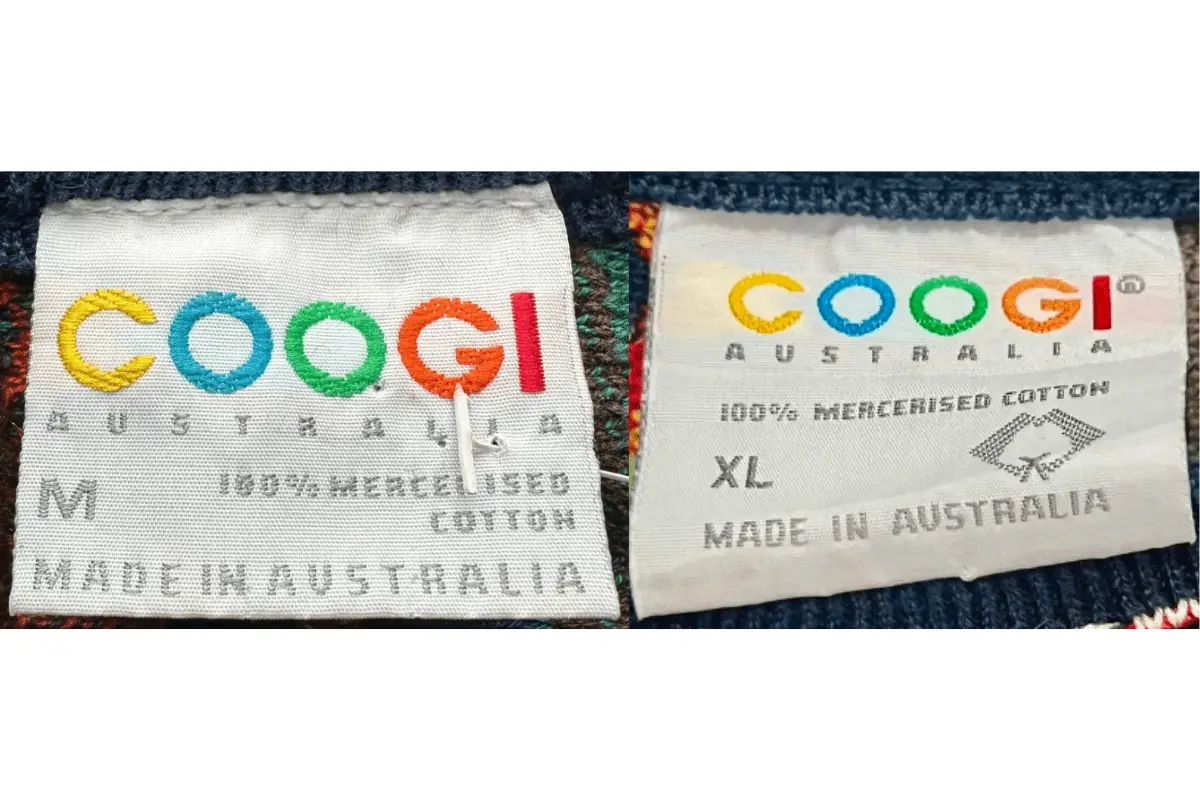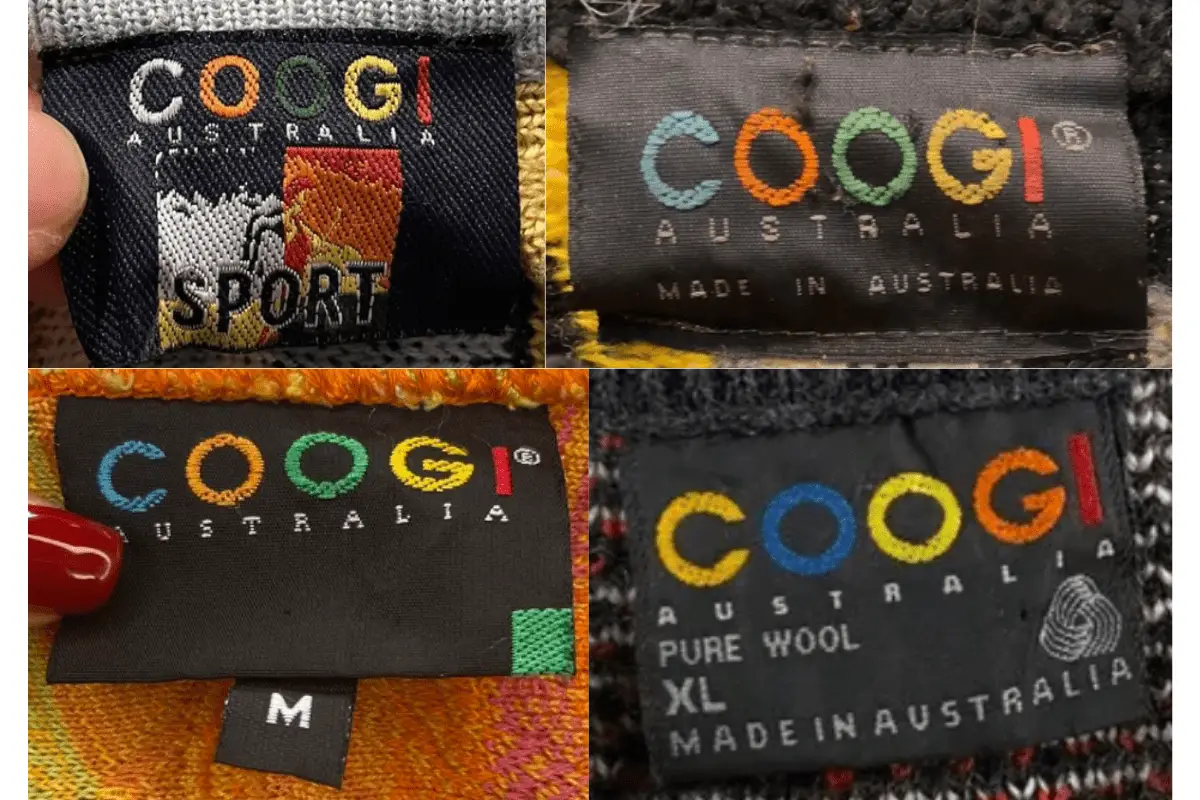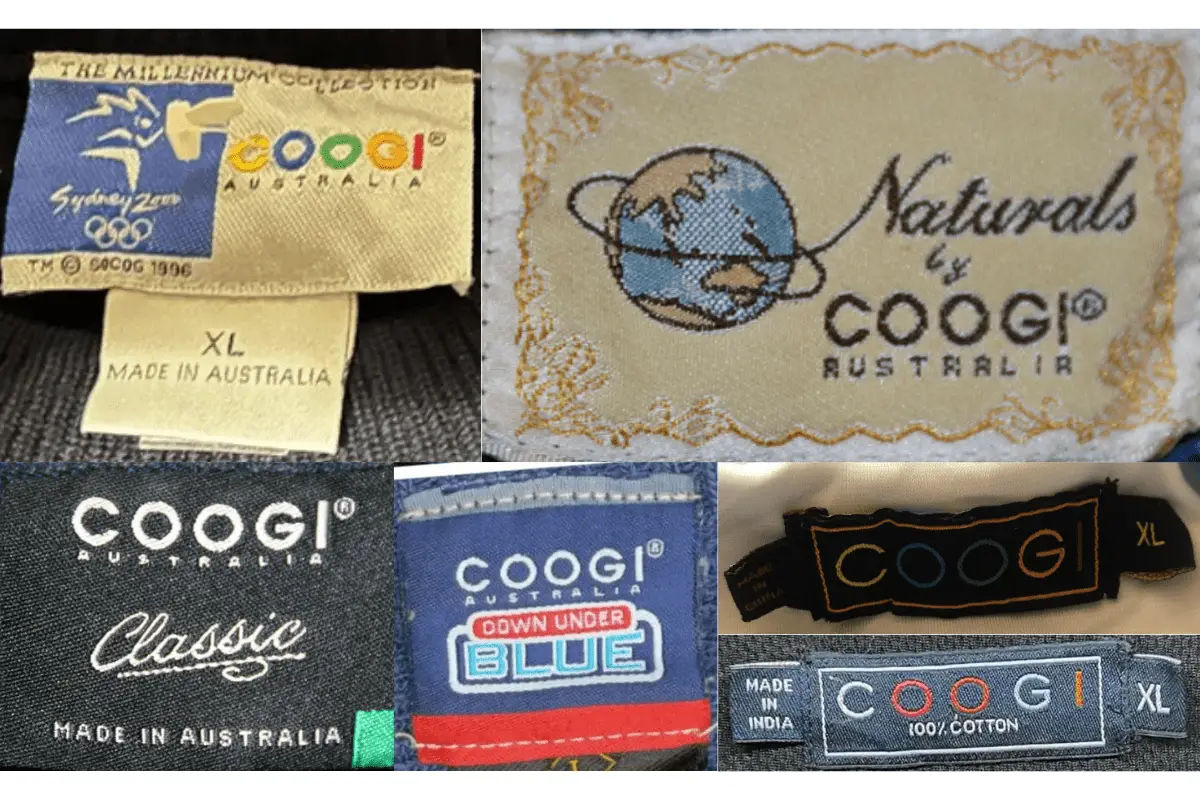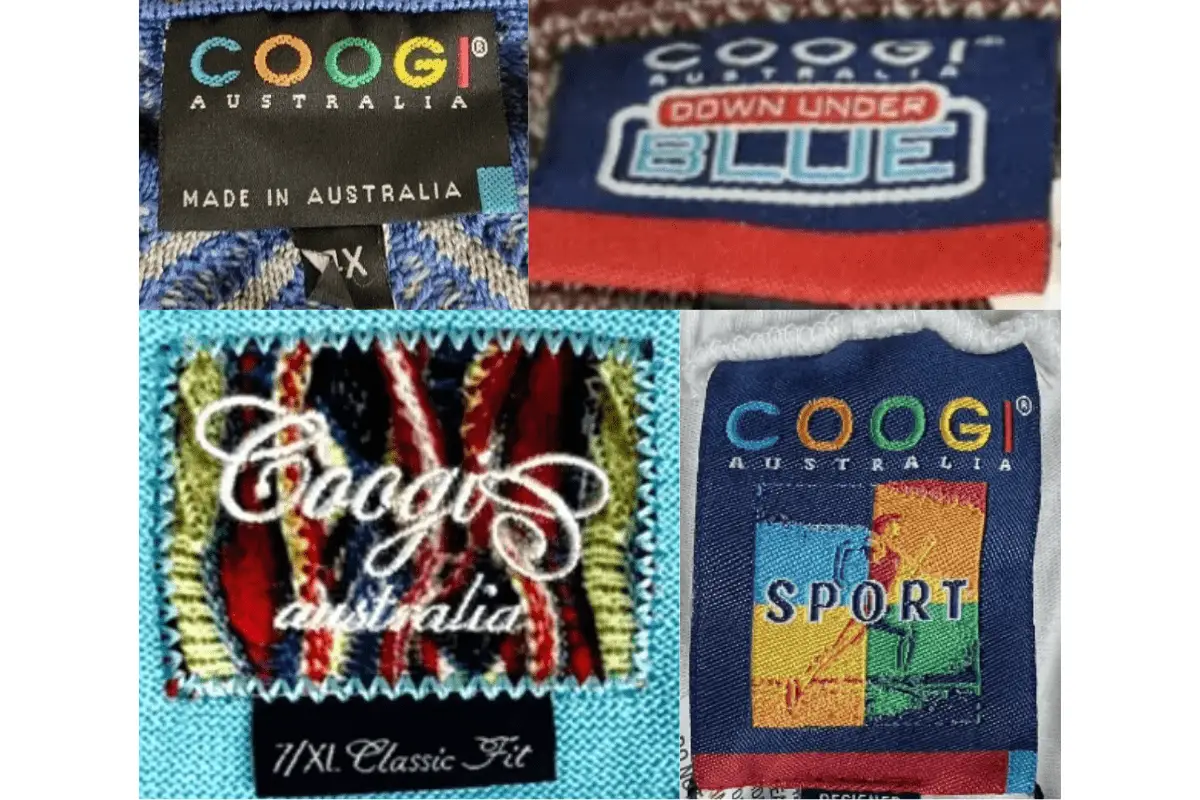Coogi, an Australian icon in the world of fashion, is renowned not just for its vibrant and intricate knitwear but also for its fascinating evolution as a brand. Founded in 1969 in the chic Melbourne suburb of Toorak, the original name “Cuggi” sought to reflect its cosmopolitan ethos. However, in 1987, the brand underwent a significant rebranding, changing its name to “Coogi,” to adopt a more indigenous Australian resonance. This was not merely a change in name but a repositioning that echoed throughout its future collections, capturing the essence of Australian culture with a global appeal.
The late 80s and 90s marked a golden era for Coogi. Under the visionary leadership of its founders and the creative direction of Egyptian designer Hazem Elsheltawi, Coogi’s sweaters became a canvas of vibrant colors and complex patterns, each piece almost a story in itself. The brand’s unique approach to knitwear made it a staple in the wardrobes of those who dared to wear their personalities as boldly as their clothes. It was during this period that Coogi expanded beyond the Australian markets, appealing to American and European tourists and positioning itself as a luxury souvenir from the land down under.
However, the turn of the millennium saw the brand facing challenges, with a waning popularity that eventually led to its sale in 2002. The new millennium brought new owners and a broader product range that somewhat diluted the brand’s distinctive identity. Yet, the story took another twist in 2014 with a focused revival of the classic Coogi sweater. This resurgence appealed to both old fans and new, reigniting interest in the authentic, colorful knit patterns that had become synonymous with the brand. Notably, Coogi’s cultural imprint was reinforced in the 90s through its association with hip-hop royalty, including the legendary Notorious B.I.G., whose references to the brand in his music immortalized Coogi as a symbol of hip-hop fashion.
Today, Coogi continues to weave its rich legacy with modern fashion trends, maintaining its place as a beloved brand among vintage clothing enthusiasts and new generations alike. As it navigates through decades of fashion changes, understanding the specifics of Coogi’s branding, especially its logos and tags, becomes a delightful exploration for collectors and fashion historians. Let’s dive into how you can identify a vintage Coogi item by examining its logo and tags over the years, ensuring that what you hold is not just a piece of clothing, but a piece of history.
Rare 90s Coogi Advert
How to tell if Coogi is vintage from the logo
Coogi, an iconic brand known for its colorful knitwear and intricate patterns, has undergone various branding changes over the years. Identifying the era of a Coogi item through its logo can be fascinating, as each logo iteration represents a specific period in the brand’s rich history. Here’s how you can tell if your Coogi item is vintage by examining its logo.
1967 to now Coogi logo
- The logo used by Coogi since 1967 has become synonymous with the brand’s identity.
- Featuring vibrant, multicolored text, the logo captures the essence of Coogi’s unique design philosophy.
- The use of a distinctive, playful font and the inclusion of the kangaroo symbol reflect the brand’s Australian heritage.
- Despite minor updates, the core elements of the logo have remained consistent, making it a reliable marker for identifying vintage pieces.

1967 to now Coogi logo
How to tell if Coogi is vintage from the tags
Identifying vintage Coogi garments can be quite an adventure, given the brand’s colorful and intricate designs that evolved significantly over the decades. While the classic Coogi logo remains a common element, variations in tag design, material, and manufacturing details can indicate different eras.
Can’t identify your vintage tags or labels? Submit a picture on our vintage tag identification page, and we’ll help you out!
1980s vintage Coogi tags
- Early tags display a simple “Coogi” in plain block letters, often on a modest, uncolored background.
- Tags from this era typically note the material as “Pure Wool” and include the text “Made in Australia,” underscoring the brand’s origins and quality during its initial years.
- Often these tags are more subdued in color, focusing on the texture and quality of the garment itself.

1980s Coogi tags
1990s vintage Coogi tags
- This decade saw a bold evolution with “Coogi Australia” rendered in vibrant, multicolored letters, mirroring the energetic patterns Coogi is known for.
- Tags from this period may also include special collections like “Coogi Naturals” with distinct stylized fonts and motifs.
- The presence of elaborate graphic designs or additional tags indicating special editions like “The Millennium Collection” is common.

1990s Coogi tags
2000s vintage Coogi tags
- 2000s tags often feature modernized graphics with sharp colors and a sleek background, moving away from the purely text-based tags of previous decades.
- The addition of new materials such as “Mercerized Cotton” alongside wool shows the brand’s diversification in fabric use.
- Special lines such as “Coogi Sport” introduced during this era can be identified by their unique, sport-themed logos on the tags.

2000s Coogi tags
2010s vintage Coogi tags
- Recent tags exhibit a very polished aesthetic with a focus on varied font sizes and styles, occasionally integrating the Coogi logo within a more complex, colorful background.
- These tags may feature multiple languages and reflect global manufacturing shifts, with some tags noting “Made in China,” indicating a transition in production locations.
- Continued use of vibrant colors and detailed tagging is prevalent, with increased attention to branding and international market appeal.

2010s Coogi tags





Good way of describing, and fastidious paragraph to
obtain information about my presentation subject, which i am
going to deliver in academy.